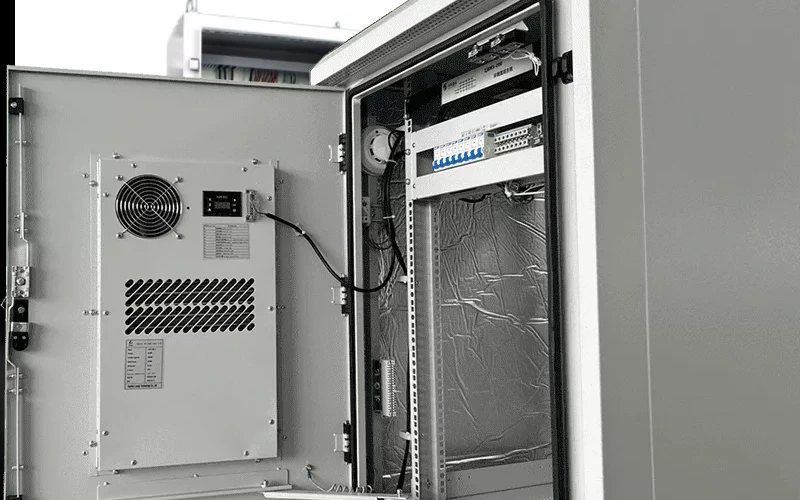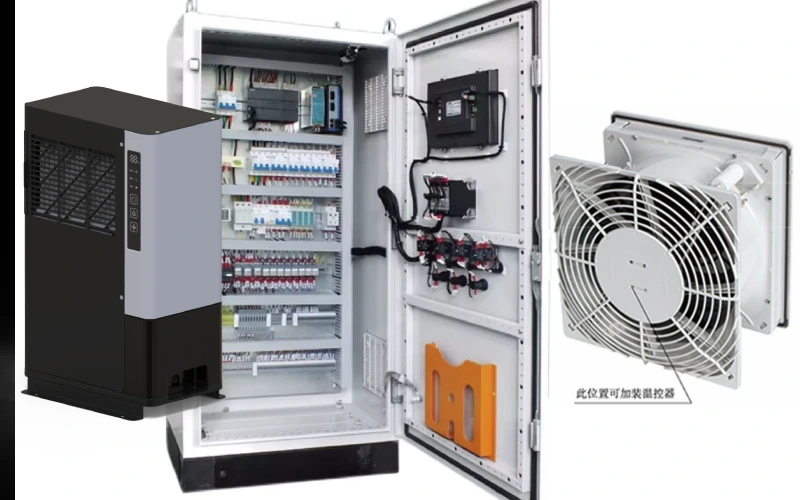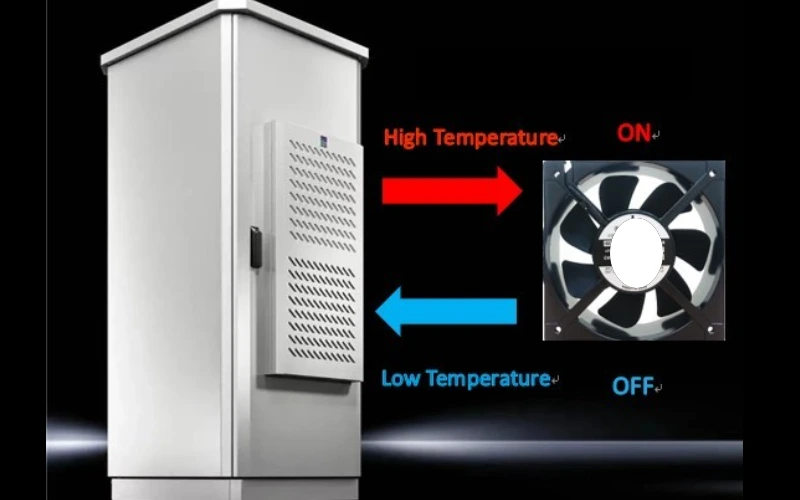You can install a CPU fan with confidence, even if you have never done it before. Choosing a high-quality fan like Linkwell’s Computer Chassis Fan or Axial fan boosts system stability and cooling. Check out the specs below:
| Specification | Details |
|---|---|
| Operating Temperature | -30℃ ~ 55℃ |
| Service Life | 30,000 – 70,000 hours |
| Speed | 2000 rpm to 20,000 rpm |
| Bearing Type | Ball and fluid dynamic |
| Bearing Benefits | Longer life, less vibration |
These fans meet UL, CE, RoHS, and ISO standards. Strict testing from design to inspection ensures consistent performance. If you want to learn how to install CPU fan, you are in the right place.
Key Takeaways
- Prepare your workspace and tools before starting. Use an anti-static wrist strap to protect your components from static electricity.
- Clean the CPU and apply a small amount of thermal paste before installing the new fan. This ensures efficient heat transfer and prevents overheating.
- Regularly check and clean your CPU fan to maintain optimal performance. Dust buildup can lead to overheating and system instability.
How to Install CPU Fan
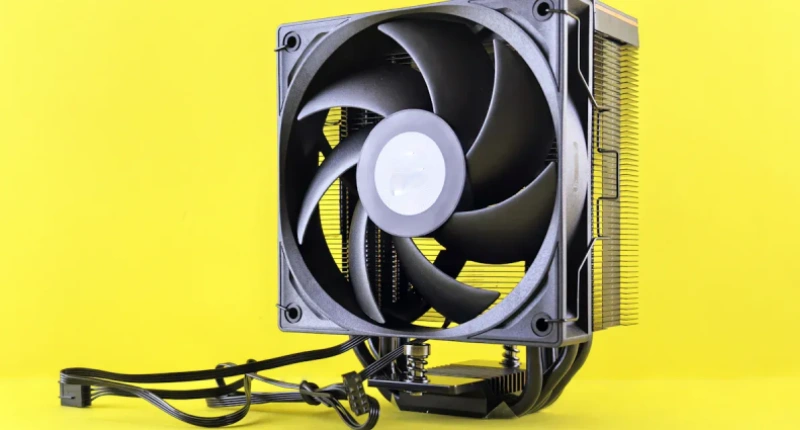
Preparation and Tools
Before you start installing a cpu fan, you need to get your workspace and tools ready. A clean and organized area helps you avoid mistakes and keeps your computer safe. You should always protect your components from static electricity. Wear an anti-static wrist strap or touch a metal object to ground yourself.
Here’s what you need for how to install cpu fan:
- Screwdriver
- Screws and brackets (usually included with your fan or cooler)
- Thermal paste
- Soft cloth
- Rubbing alcohol (preferably 90% or higher)
- Compatible CPU cooler (like Linkwell’s Computer Chassis Fan or Axial fan)
- Anti-static wrist strap
Tip: Handle all parts by their edges. Avoid touching pins or contacts. This keeps your CPU and motherboard safe from damage.
A high-quality fan, such as Linkwell’s Computer Chassis Fan, ensures stable cooling and long life for your system. Always check that your fan matches your CPU socket and motherboard. Linkwell fans offer universal mounting and easy compatibility, making cpu fan installation simple.
Remove Old CPU Fan
You need to remove the old fan before you install a cpu cooler. Start by shutting down your computer and unplugging the power cable. Remove the side panel of your case to access the CPU area.
Follow these steps for safe removal:
- Ground yourself to prevent static discharge.
- Locate the cpu fan near the processor.
- Unscrew or unclip the fan from its mount.
- Gently disconnect the fan cable from the motherboard.
- Lift the fan straight up to avoid bending pins or damaging the CPU.
Sometimes, the old thermal paste dries out and sticks the cooler to the CPU. If you find it hard to lift, run your PC for a few minutes to warm up the paste. You can also use a heat gun. If it still won’t budge, slide dental floss between the cooler and CPU to break the seal.
Note: Take your time. Rushing can damage your CPU or motherboard.
Clean and Apply Thermal Paste
Cleaning and applying thermal paste is a key step in how to install cpu fan. Old thermal paste can block heat transfer and cause overheating. Use a soft microfiber cloth and rubbing alcohol (99% is best) to clean the CPU and heatsink surfaces. Cotton swabs help reach small edges.
After cleaning, let the surfaces dry. Now, apply a small dot of thermal paste to the center of the CPU. You don’t need much—about the size of a pea. Too much paste can spill over and trap heat. Too little leaves air gaps and causes hotspots.
Tip: The right amount of thermal paste helps your cpu fan work efficiently and keeps your system cool.
Install a CPU Cooler
Now you’re ready to install a cpu cooler. You can choose between air coolers and liquid coolers. Linkwell’s Computer Chassis Fan and Axial fan work great for air cooling. Make sure your cooler fits your CPU socket and includes the right mounting brackets.
Here’s a quick comparison:
| Type of Cooler | Description | Installation Process |
|---|---|---|
| Air Cooler | Uses heatsinks and fans to move heat away | Attach heatsink and fan with thermal paste |
| Liquid Cooler | Uses water blocks and radiators for cooling | Install water block, radiator, and connect tubing |
To install an air cooler:
- Align the heatsink with the CPU socket and mounting holes.
- Secure the cooler using screws or clips.
- Attach the fan to the heatsink.
To install a liquid cooler:
- Mount the water block on the CPU with thermal paste.
- Install the radiator in your case.
- Connect the tubes and power cables.
Note: Always check your motherboard for the right fan headers and mounting points. Linkwell fans come with universal brackets for easy installation.
Secure and Connect Fan
Securing and connecting your fan is the final step in installing a cpu fan. Align the screws or pins with the mounting holes. Tighten them evenly, but don’t overtighten. This prevents damage and keeps the cooler flat against the CPU.
Connect the fan’s power cable to the header labeled “CPU Fan” on your motherboard. Using the wrong header can cause boot errors or noisy operation. If you install a cpu air cooler or install a cpu liquid cooler, always double-check the connections.
Tip: After you finish, check that the fan is oriented for proper airflow. Linkwell’s Computer Chassis Fan and Axial fan offer advanced PWM control for smart speed management and quiet operation.
You’ve now completed all the steps for how to install cpu fan. Installing a cpu fan with quality products like Linkwell ensures your system runs cool and stable for years.
Replacing and Cleaning CPU Fan
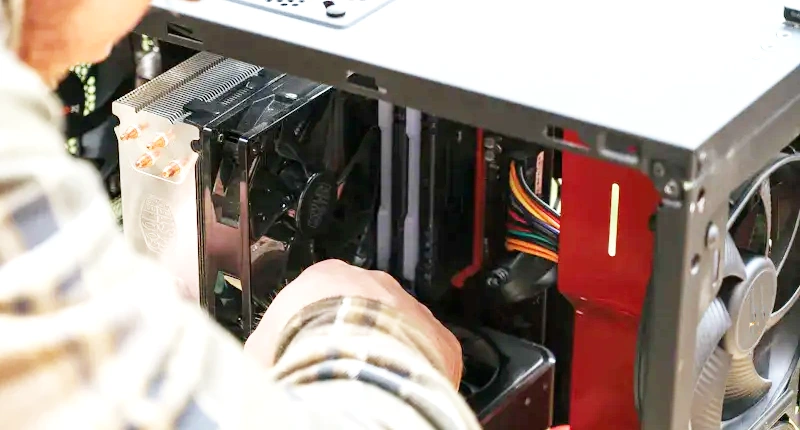
Installing a CPU Air Cooler
You might wonder when it’s time to swap out your CPU air cooler. If you notice dust piling up, strange noises, or your fan spinning erratically, your system could be overheating. These signs mean your fan needs attention. When you install a new air cooler, always remove the protective plastic from the cooler’s base. Make sure the fan faces the right way for airflow. Don’t overtighten or leave screws too loose. Measure your case before buying a cooler so everything fits.
Larger heatsinks and copper materials boost cooling. More heatpipes and well-placed fans help balance performance and noise.
Cleaning Tips for CPU Fans
Keeping your CPU fan clean helps your computer run smoothly. You should check your fan every month and clean it when you see dust. Use a vacuum cleaner with an anti-static hose or compressed air outside the case. Avoid electric vacuums inside the case to prevent static damage. Regular cleaning stops overheating and extends your hardware’s life.
| Cleaning Type | Frequency |
|---|---|
| Light Dusting | Every 1-2 weeks |
| Surface Cleaning | Once a month |
| Deep Cleaning | Every 3-6 months |
Troubleshooting Installation Issues
If your fan makes noise or doesn’t spin, turn off your PC and check for debris. Loosen the screws if the blades rub the case. Make sure all cables are plugged in and the fan connects to the CPU_FAN header. Check your BIOS for fan speed settings. These steps solve most problems.
How to remove cpu fan
To safely remove your CPU fan, power down your system and unplug it. Disconnect the fan and any RGB cables. Use a screwdriver to loosen each spring-screw in a diagonal pattern. Twist the cooler gently to break the seal, then lift it off. Always work in a non-carpeted area and wear an anti-static wrist strap.
Replacing cpu fan
Replacing your CPU fan is easy with Linkwell fans. Their universal mounting saves you time. High efficiency and energy-saving designs boost cooling. You get simple installation and reliable performance.
How to clean cpu fan
Clean your CPU fan by vacuuming with an anti-static hose or using compressed air outside the case. Regular cleaning keeps your system cool and stable. Linkwell fans make maintenance simple, so your computer stays in top shape.
After you install your CPU fan, test your system to make sure everything works:
- Power on your computer and watch if the fan starts spinning.
- Check the BIOS for fan speed and CPU temperature.
Regular cleaning and timely replacement prevent overheating. Using Linkwell fans makes installation and maintenance easy. Avoid mistakes like wrong fan orientation or missing thermal paste.
FAQ
How often should you clean your CPU fan?
You should check your fan every month. Clean it when you see dust. Regular cleaning keeps your computer cool and running smoothly.
Can you use any CPU fan with your motherboard?
Not every fan fits every board. Always check the socket type and mounting holes. Linkwell fans offer universal mounting for easy compatibility.
What happens if you forget thermal paste?
Your CPU may overheat fast. Always apply a small amount of thermal paste before installing the cooler. This step helps transfer heat away from the processor.

